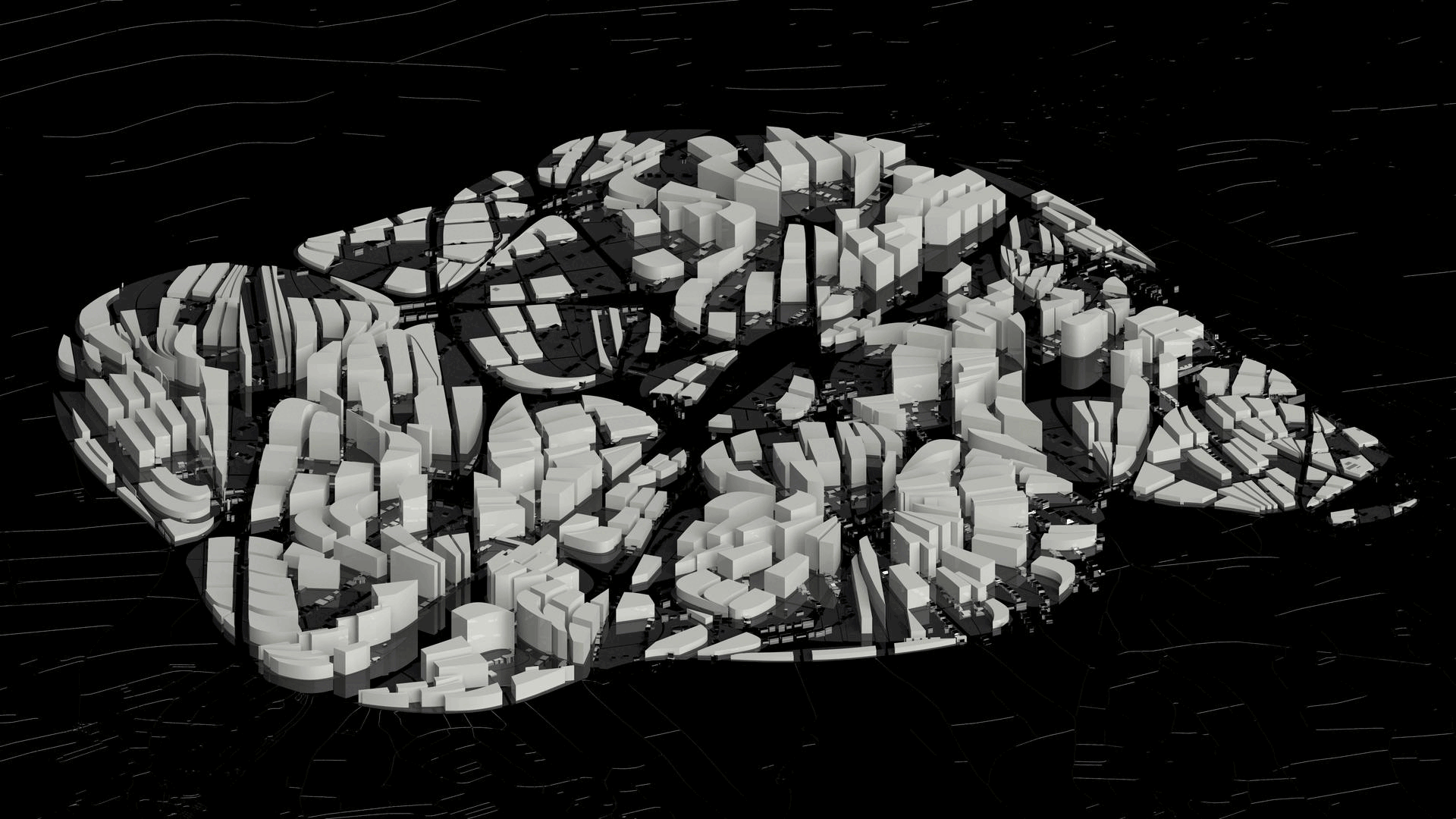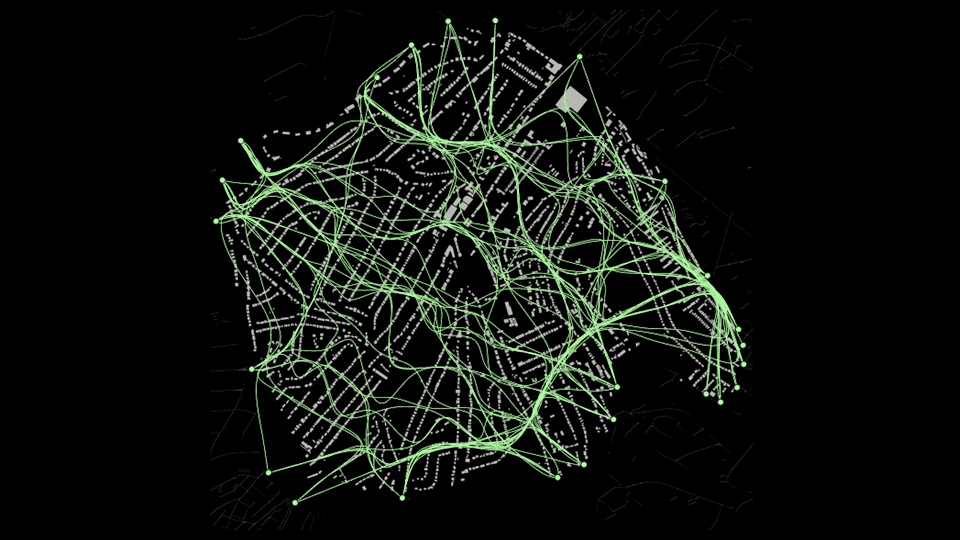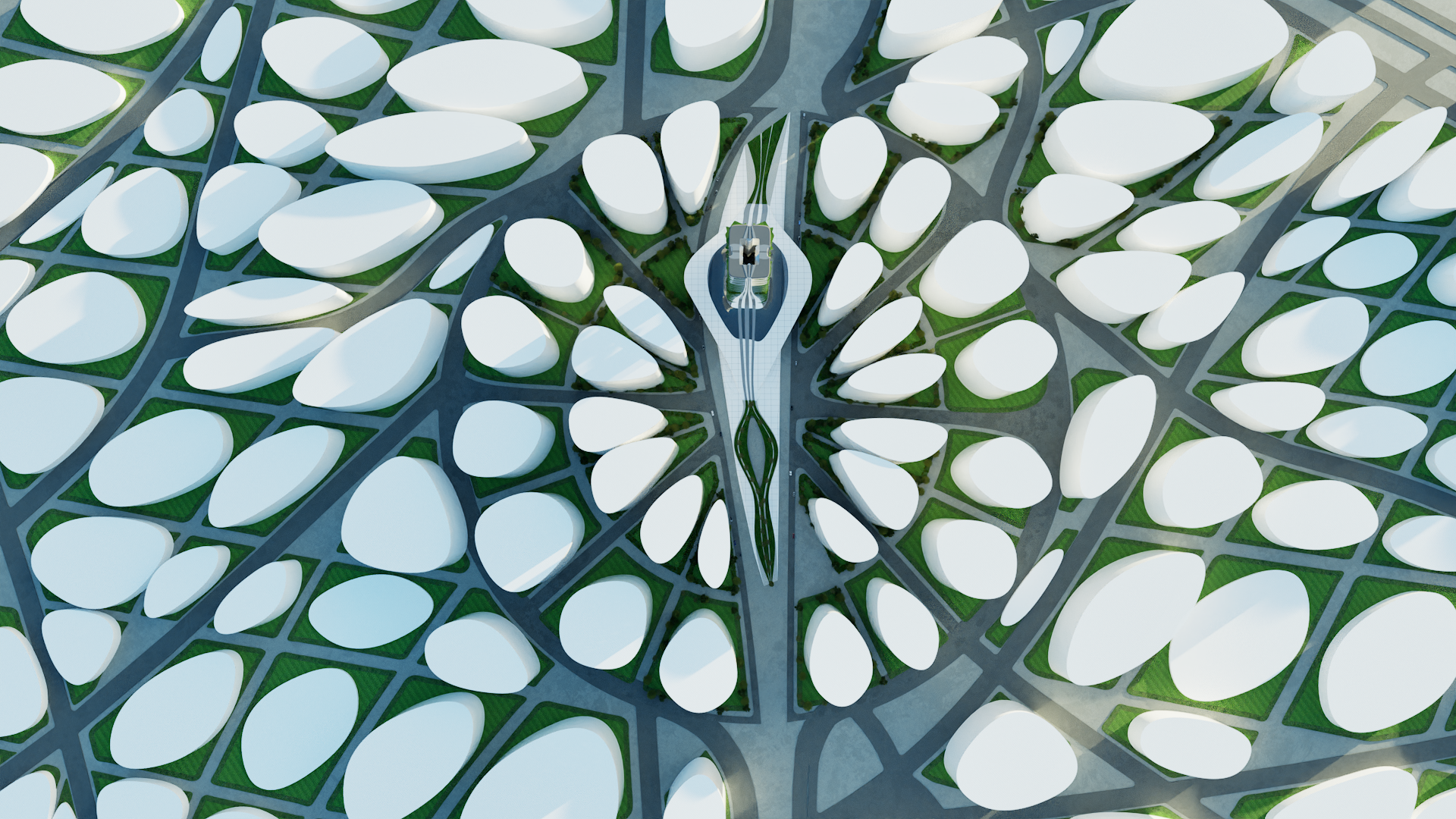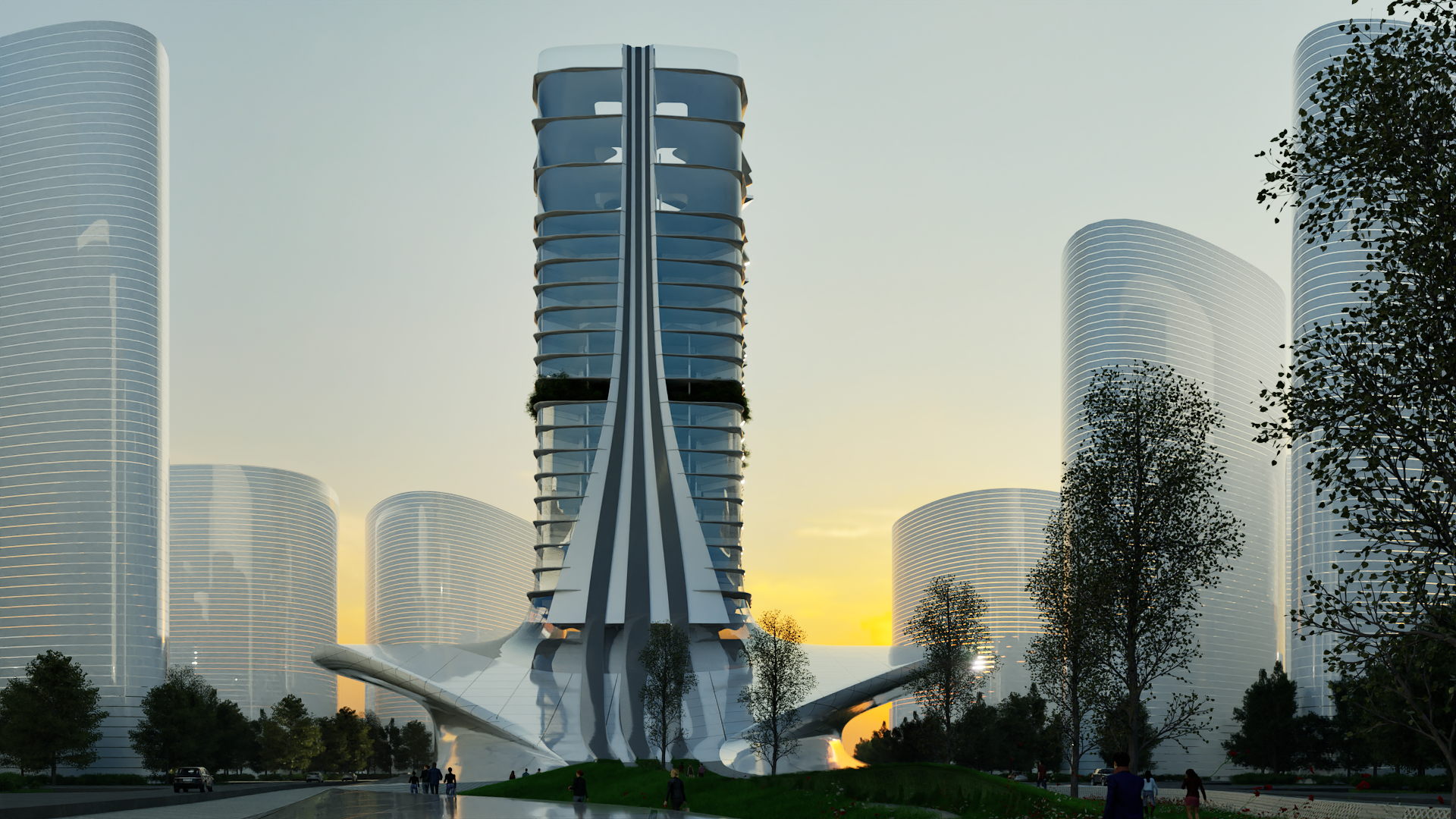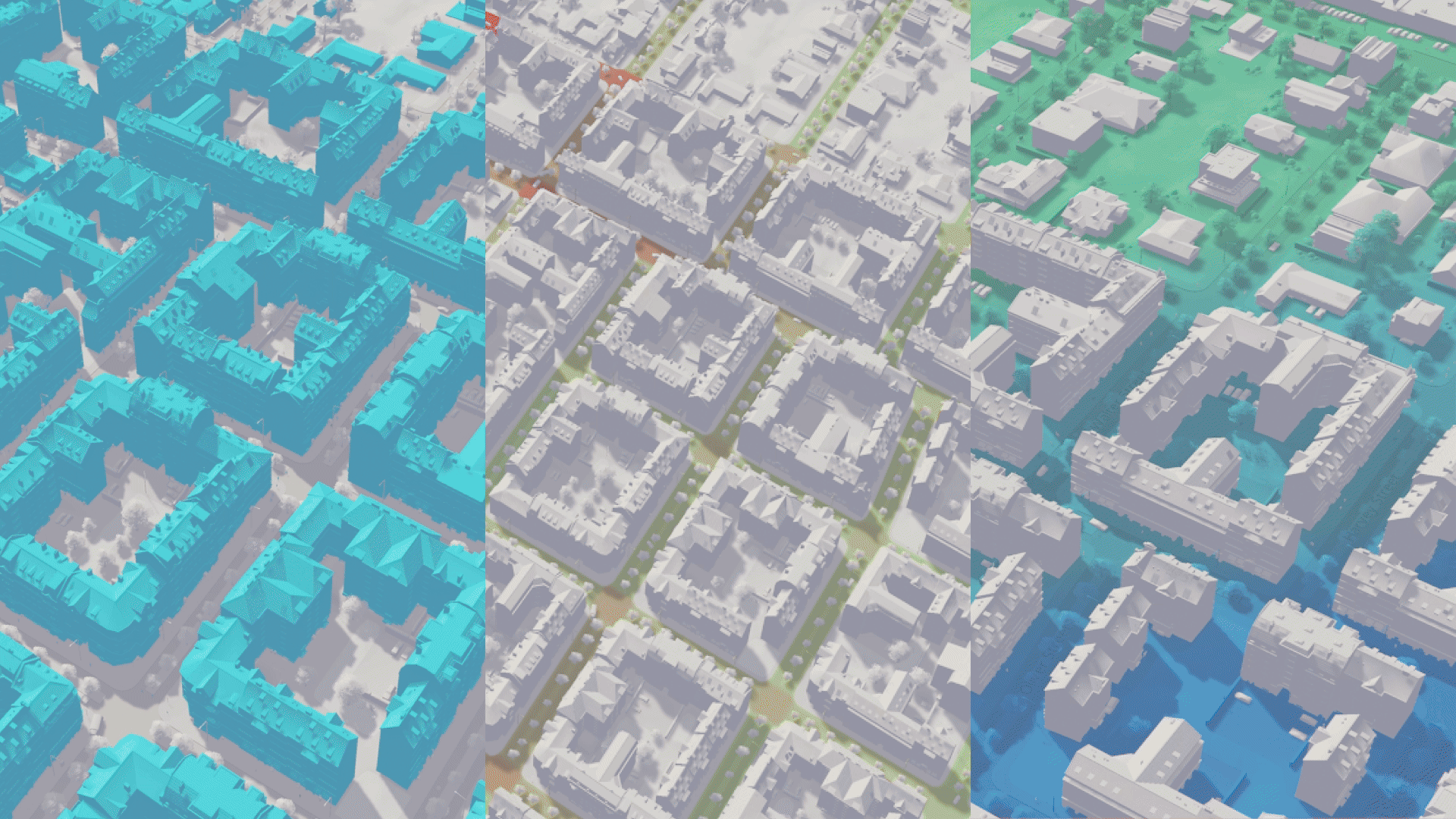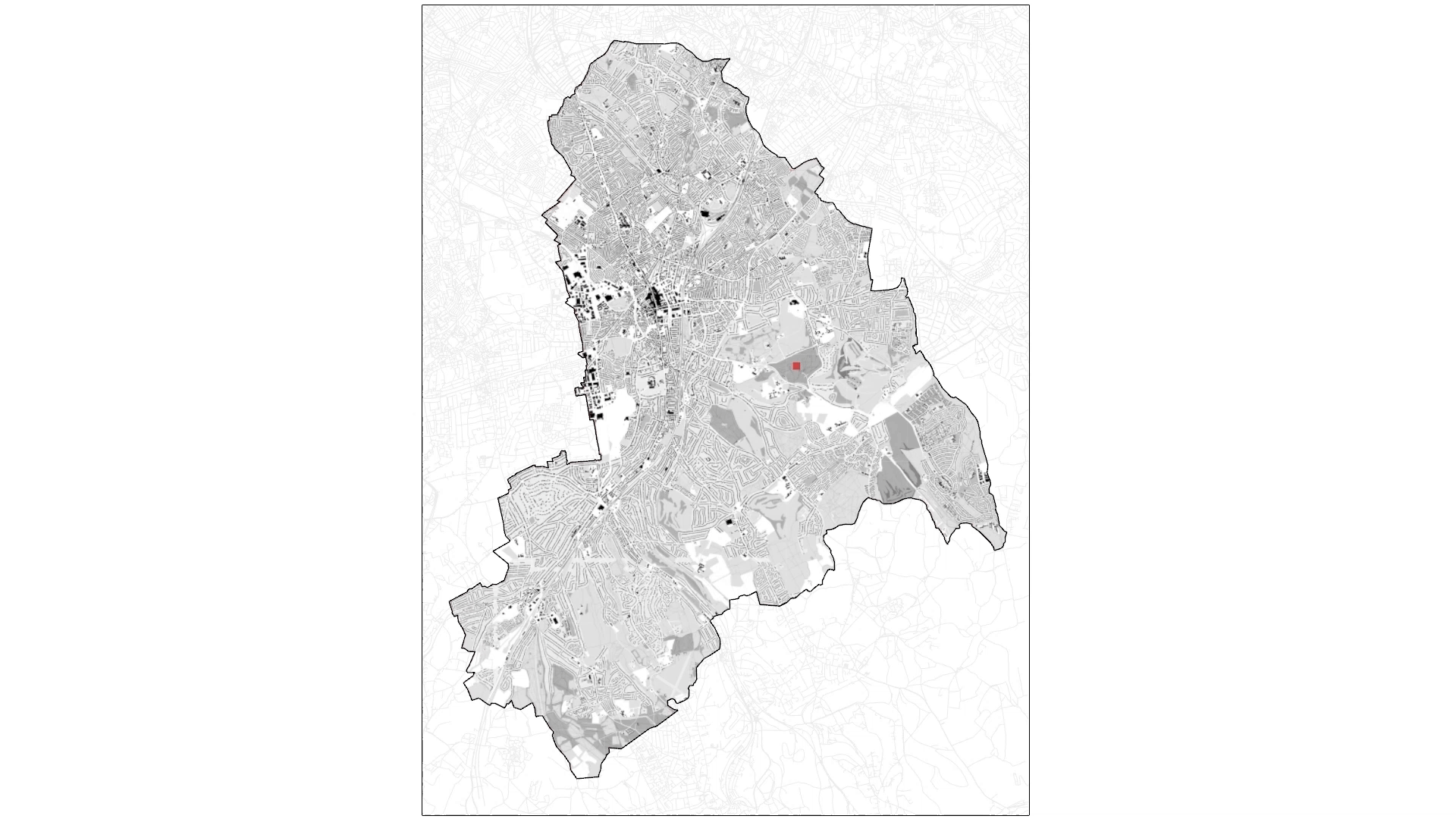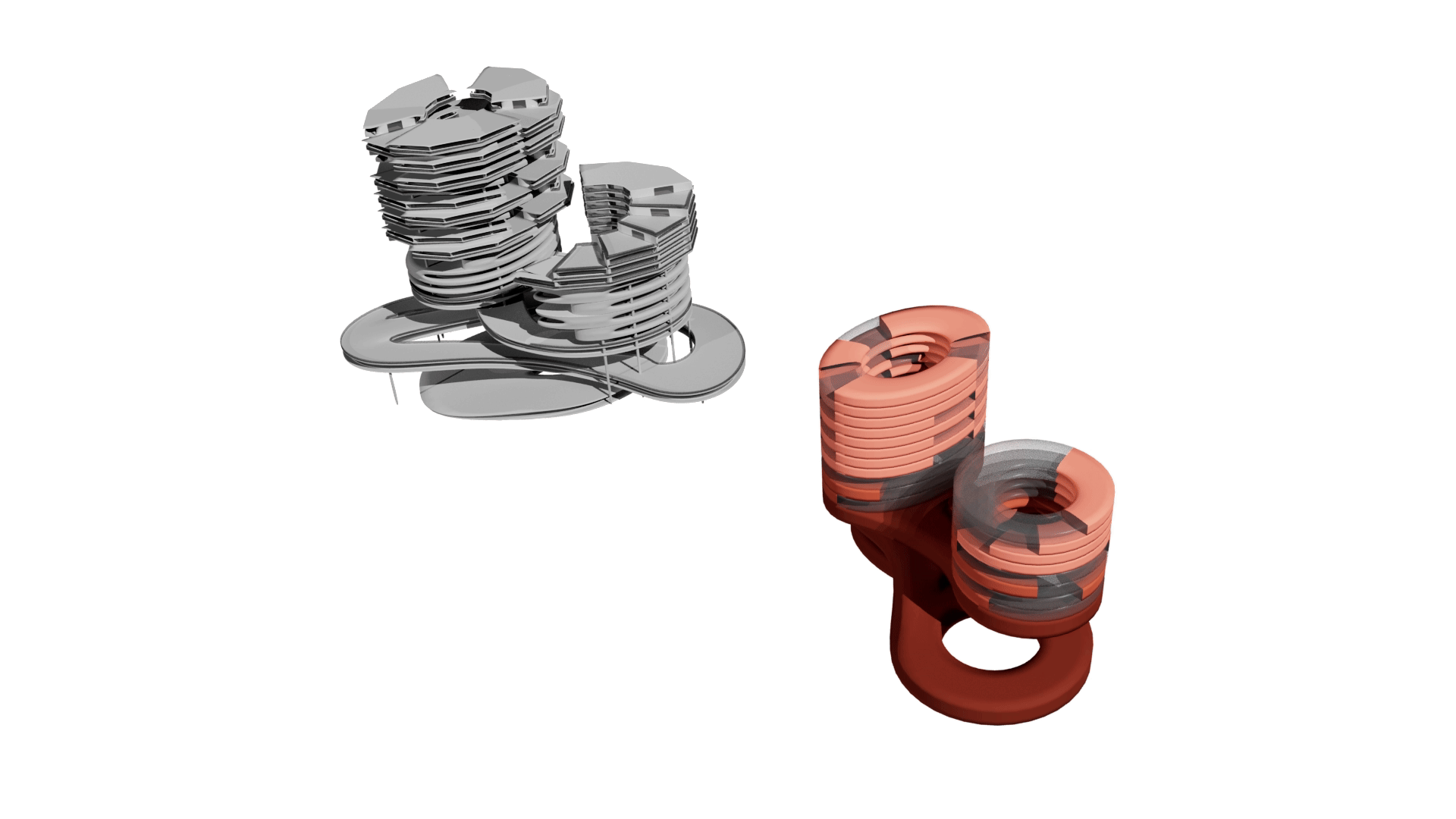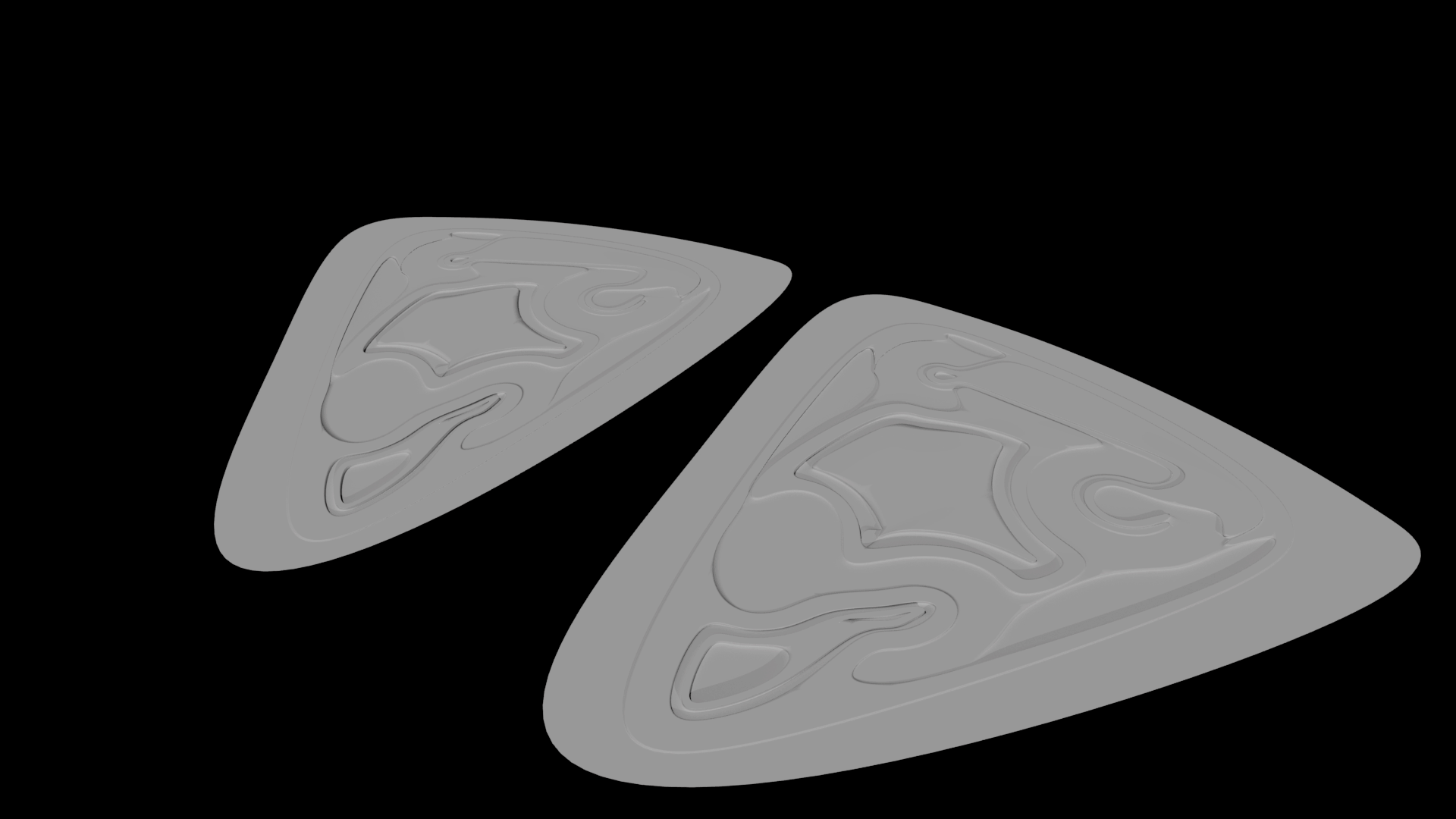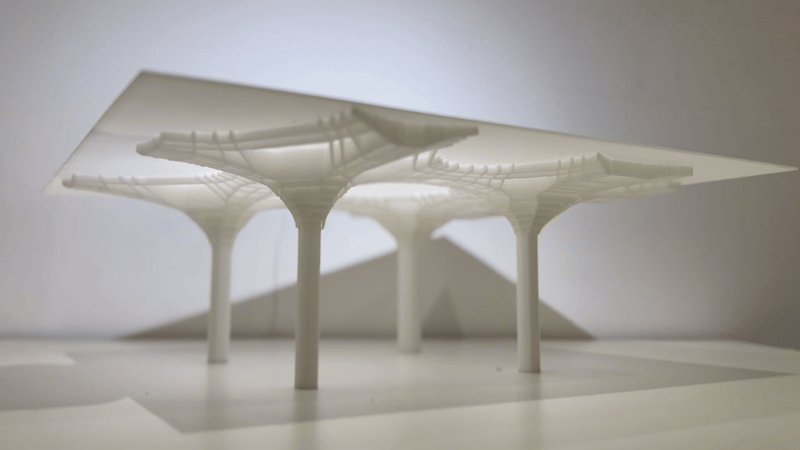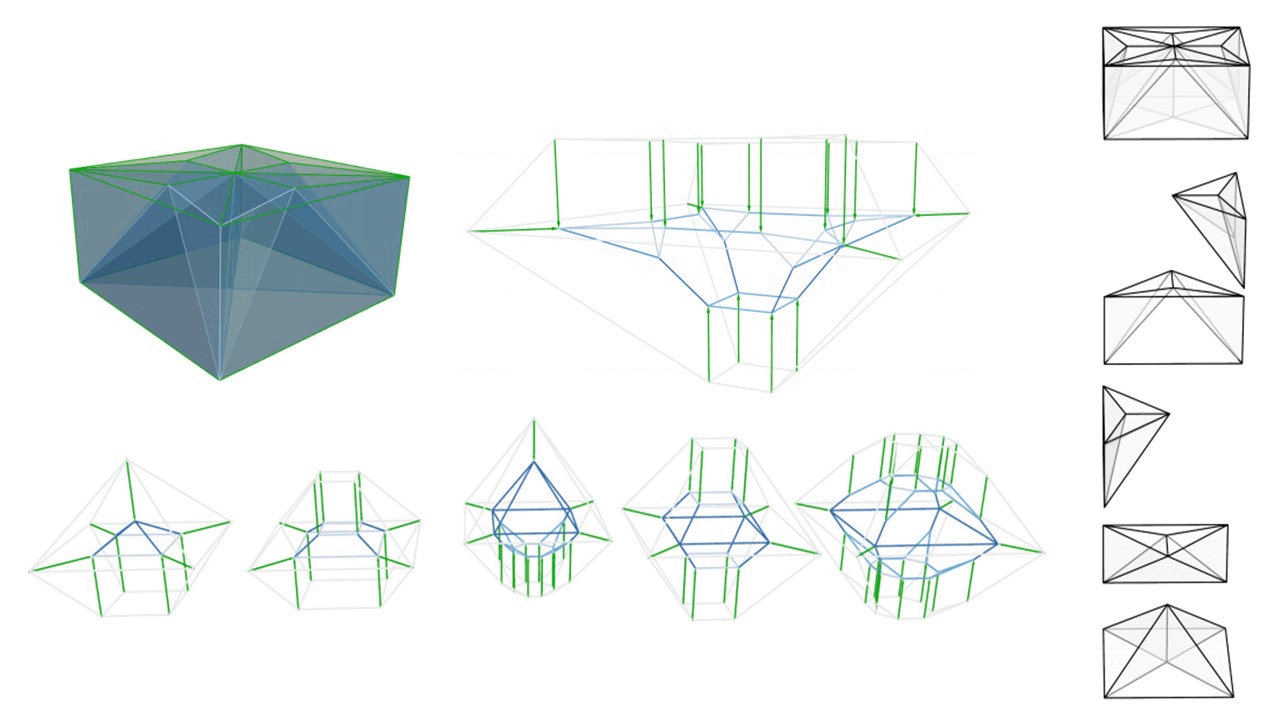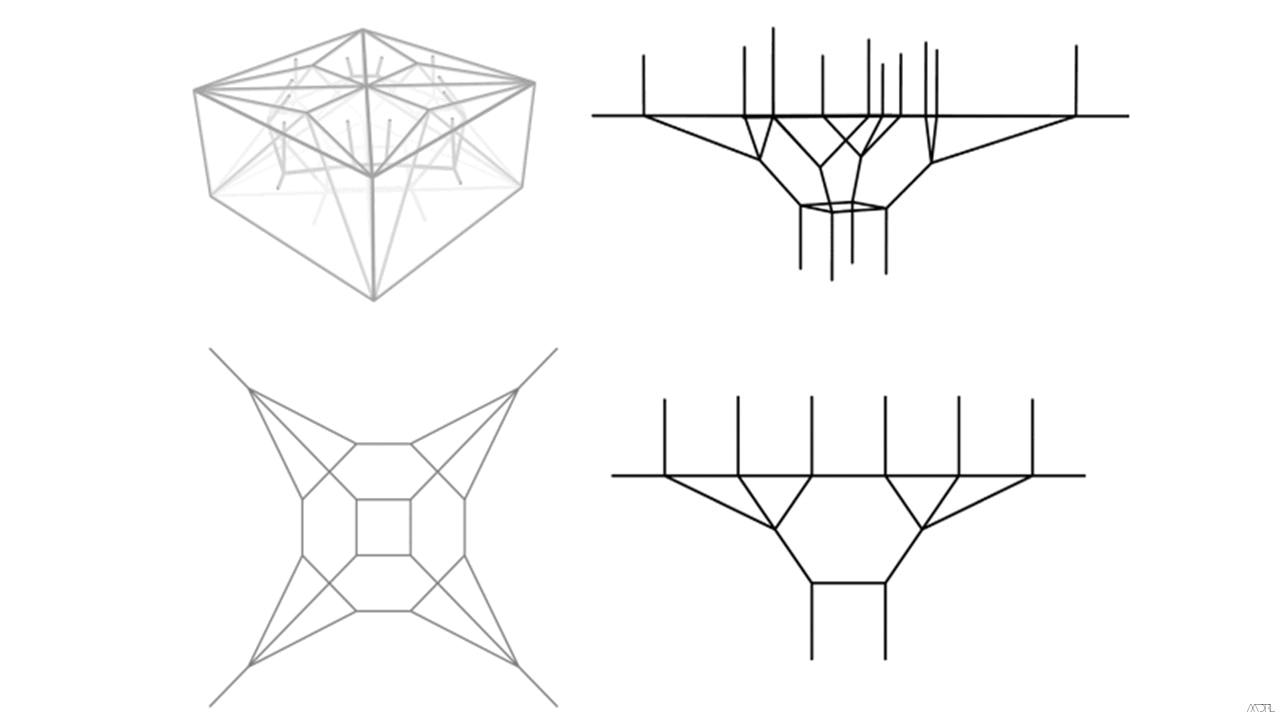IntenCity
Studio Shajay Bhooshan
Tutors Henry Louth, Jayanaveenaa Periyasamy
Team Maddona Kalra, Krithika Ravisankar, Arfeen Saeed
The basis for our thesis – IntenCity - is developing within existing urban areas as this strategy optimizes vital infrastructure, including roads, utilities, public transit, schools, and hospitals. This approach not only avoids the high costs associated with completely new construction but also helps enhance the overall efficiency and sustainability of urban living. Urban intensification can play a crucial role in revitalizing neighbourhoods, by boosting local economies, and preserving socio-cultural identities. Furthermore, increased density can significantly reduce urban sprawl and commuting times, creating more efficient and resilient living environments. By focusing on existing areas, cities can leverage their historical and cultural assets while accommodating growth in a way that is both economically viable and socially responsible. Urban intensification strategy in our proposal aim to increase population and activity density in suburbs such as Croydon, facilitating the creation of compact, mixed-use environments. These design principles emphasize multi-modality, prioritizing pedestrian-oriented spaces integrated with public transit systems, cycling infrastructure, and overall walkability. By initiating intensification from a transit hub, we aim to promote the efficient movement of people, goods, and information. Through the interconnected approach, our aim is to enhance economic vitality and foster social cohesion, by creating vibrant public spaces where communities can thrive. Our chosen site – Croydon - is particularly well-suited for urban intensification due to its diverse urban fabric, established infrastructure, and pressing housing demands. The specifically tailored interventions and designs aim to develop sustainable and replicable transit-oriented development models that can serve as blueprints for other cities facing similar challenges. These models focus on optimizing land use while leveraging local amenities to revitalize communities and stimulate further economic growth. With a comprehensive approach on multi-modality and movement economic concepts we suggest ways to transform Croydon into a leading example of how urban intensification can effectively address the global housing crisis.

